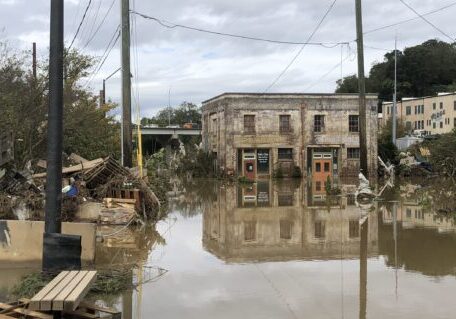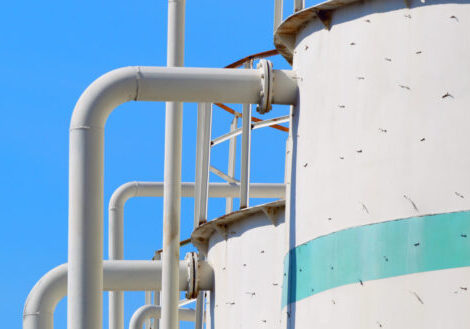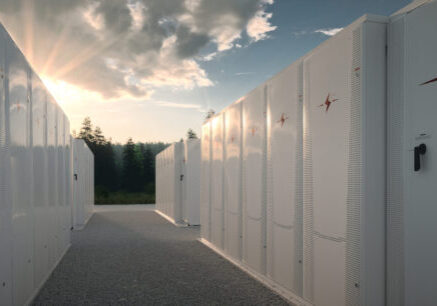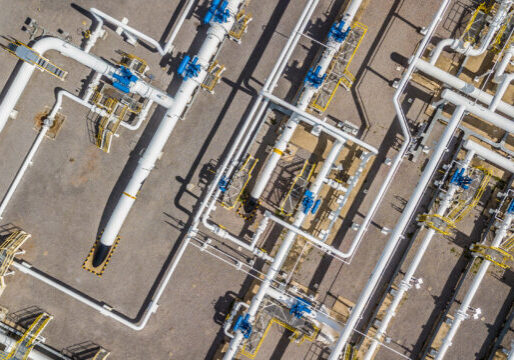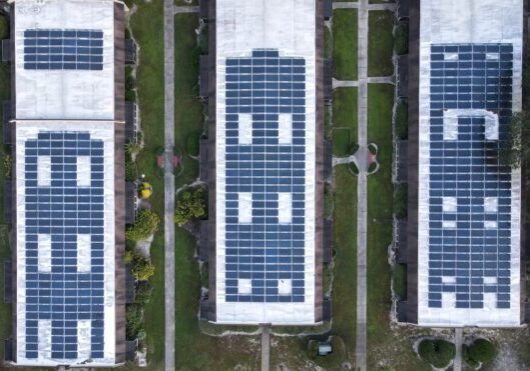December 11, 2011
The Growing Pains of Distributed Wind
By Elizabeth Rubado
The small and mid-scale wind industry is in a unique place in its development: it’s past the stage of an emerging market, but not-yet-fully fledged. And as many states have been discovering, this phase of the industry is full of growing pains. It can be difficult to balance our high expectations for renewable energy with the realities of emerging markets. This is certainly true for smaller-scale wind turbines, when the more mature market for utility-scale projects has become cost competitive with traditional fossil fuel energy and an internationally recognized symbol for renewable energy.
However, the untapped potential of small wind is compelling. According to the American Wind Energy Association 2010 U.S. Small Wind Turbine Market Report, the U.S. market for small wind turbines under 100 kW grew 26 percent in 2010. There was an almost eight-fold increase in annual installed capacity and more than a twelve-fold increase in annual revenues compared to just five years ago.
At the same time, several state incentive programs temporarily suspended their wind programs this year, with a few still on hold. So, why the sudden disconnect between a clearly growing market for small wind and the state clean energy programs that have helped spur that growth? This blog will be the first in a series exploring current challenges for small and mid-scale wind, and the ways the industry is working to overcome them.
Public Perception
In many ways, the current challenges of the small wind industry can be traced back to the expectations and imagery formed by the utility-scale wind market.
When American’s think of “windpower,” two distinct images usually come to mind: rolling hills dotted with large-scale wind farms, or a quaint, mechanical windmill beside a rustic farm. When you say “small wind,” most people come up with a hybrid version of the two ends of the wind development spectrum. Physically, they expect a smaller version of a utility-scale turbine, which would be pretty accurate. Functionally, they expect primetime technology that has been perfected by utility wind giants such as Vestas and GE, with the DIY approachability of an old-fashioned windmill. But that simply is not the reality.
Designing and building a reliable, solidly-performing small wind turbine is not just a matter of scaling down a big turbine. Utility-scale turbines are designed for harvesting a very different, higher elevation and stronger wind resource than a small turbine. The more turbulent, lower speed winds found 60 to 140 feet above ground (the typical tower height range of a smaller-scale wind turbine) are much more challenging to harness than those 200 to 450 feet up. So, while small wind turbines may be simpler than their large counterparts, the resource they have to work with and their design objectives are, in fact, more challenging.
The fundamental difficulty of designing a good small wind turbine has not deterred many well-intentioned inventors from trying their hand at wind turbine design. And since dabbling in wind turbine design doesn’t require enormously large upfront capital expenditures for infrastructure and equipment, as do photovoltaics or fuel cells, the barrier to entry for new turbine developers is relatively low. This accessibility, typically viewed as an asset for promoting innovation, actually has proven to be a disadvantage for the small wind industry.
Too Much of a Good Thing
According to allwindturbines.com, there are over 650 models of small wind turbines being manufactured by more than 200 companies. The majority of these projects are severely underdeveloped with no testing, no third-party review of their safety, performance or engineering, and no data to demonstrate that they will work as advertised. A startling number of manufacturers make exaggerated energy production claims about their products that exceed the theoretical limit for power that can be harvested from the wind. Unfortunately, due to the tendency of the public to believe that small wind turbine science is simple, most people assume that anything that looks like a wind turbine will produce results as powerful and reliable as a utility-scale product; and they make their purchasing decisions accordingly, with sometimes less than satisfactory results.
To address this misconception, state incentive programs have attempted to help consumers successfully navigate the proliferation of questionable turbines by applying performance standards or equipment criteria – often citing a list of incentive-eligible turbines. While a list of program-approved equipment seems like an obvious answer to the problem, it can be a tough solution for states to implement. Many lack the resources to perform a robust review, or feel listing should be handled by the industry at a national level. Others fear the risk of appearing to recommend particular products – that is, picking winners and losers. For some state clean energy programs, a restricted list of eligible equipment feels at odds with a state’s desire to support technology innovation and entrepreneurship. As a result, only a few states have implemented a wind turbine list to protect consumers and ensure reliability, while others have either piggybacked on those lists (the list managed by NYSERDA is particularly popular) or stood on the sidelines.
Solutions on the Horizon
Having an inconsistent or state-specific approach to qualifying wind turbines is confusing to the market and inefficient for the manufacturers and the clean energy funds. Furthermore, it is not the best way to ensure that products are being well vetted in a transparent and fair way. Fortunately, solutions are in the works. In 2010, small wind industry members implemented a new standard for small wind turbines. The standard was accompanied by a certification program that will provide consistency in labeling and verification that tested products meet the standard. Once certification is widely adopted, it should greatly help stabilize the market for small turbines.
In addition, several state clean energy programs have collaborated with Clean Energy States Alliance (CESA) to create a new Interstate Turbine Advisory Council, or ITAC. The Council is in the process of creating a unified list of turbines that fit the performance, durability, and customer support expectations of state incentive programs. Participating state and utility programs pool their knowledge and resources to collectively evaluate turbines. This information goes beyond just engineering and test data from a single testing site. ITAC considers operational history, customer experiences, dealer feedback, past warranty support, marketing claims and business structure. The end result is the development and maintenance of a national list of wind turbines that states have helped to create and that they can feel confident in referencing for determining incentive eligibility.
ITAC is an example of what can be done when states and industries work together to address major market challenges facing emerging renewable energy technologies. Hopefully, by supporting one another, state programs can determine the best ways to support the distributed wind market in effective and sustainable ways as the industry grows to maturity.





